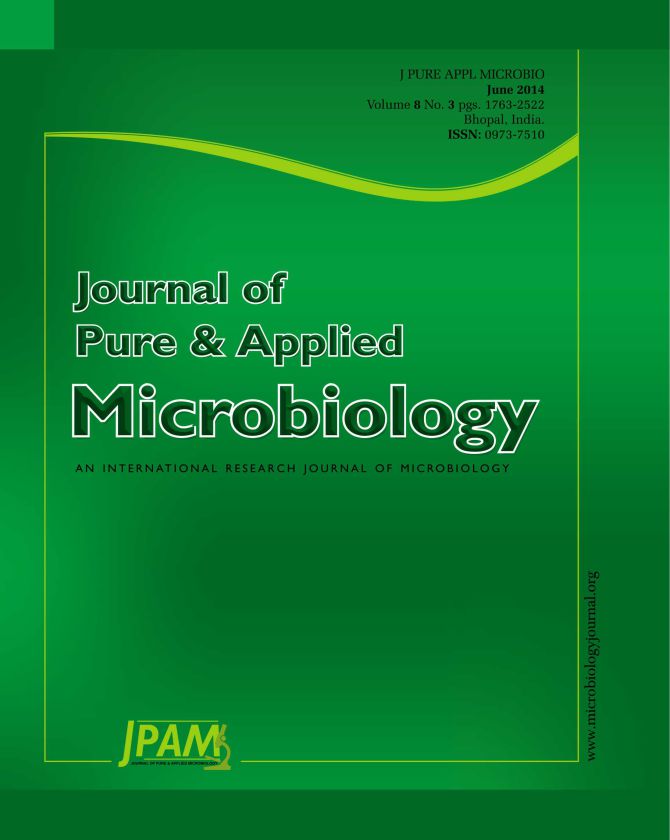A compound bioflocculant CBF with high flocculating activity, produced by mixed culture of Rhizobium radiobacter F2 and Bacillus sphaeicus F6 from soil, was investigated with regard to its production and application in low temperature and low turbidity drinking water treatment. The most preferred carbon source, nitrogen source and C/N ratio (w/w) for straina F2 and F6 to produce CBF were found to be glucose, Urea and 20, respectively. The optimal conditions for CBF production were inoculum size 10% (v/v), initial pH 7.5, culture temperature 30°C, and shaking speed 140 r/min for 24 h, under which the flocculating activity of the bioflocculant reached 98.05%. The CBF showed good flocculating performance and industrial potential for treatment of low temperature and low turbidity drinking water. The maximum removal efficiencies of turbidity and Al(III) were 85.54% and 89.32%, respectively, which were better than conventional chemical flocculants.
Compound bioflocculant, Flocculating activity, Production, Low temperature and low turbidity drinking water
© The Author(s) 2014. Open Access. This article is distributed under the terms of the Creative Commons Attribution 4.0 International License which permits unrestricted use, sharing, distribution, and reproduction in any medium, provided you give appropriate credit to the original author(s) and the source, provide a link to the Creative Commons license, and indicate if changes were made.


